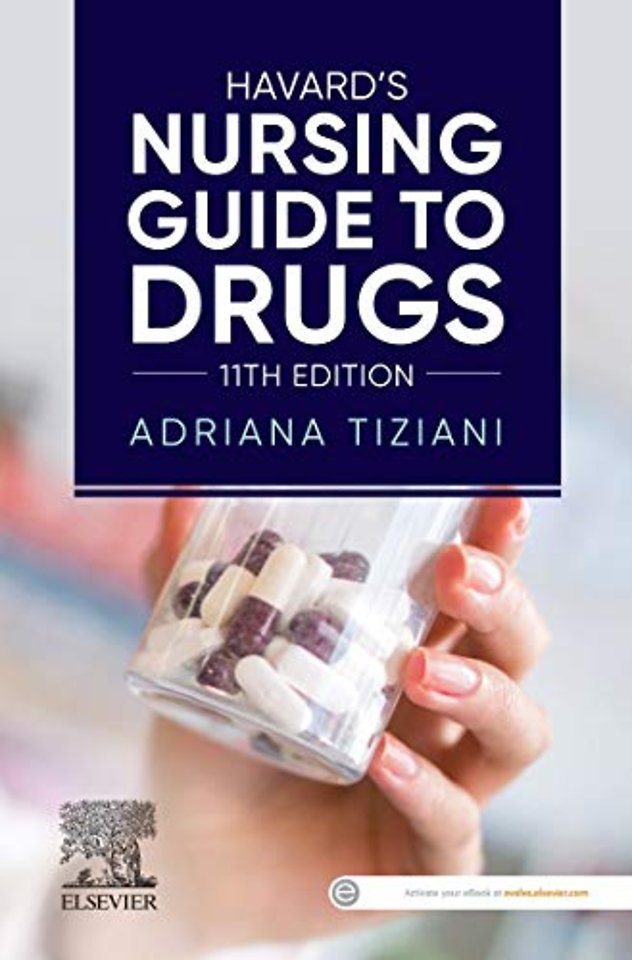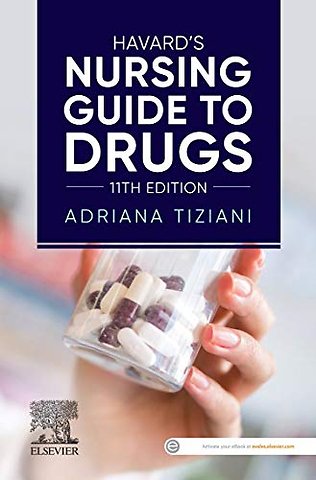Havard's Nursing Guide to Drugs
Samenvatting
Trusted by nursing and midwifery students and clinicians in Australia since 1983, the 11th edition of Havard’s Nursing Guide to Drugs is an indispensable tool for reliable, accurate and up-to-date drug information.
The guide is easy to access and user-friendly. It provides all the medication information you need to know, with drugs classified by both therapeutic class and body system, and referred to by both trade and generic name. The book includes best practice in drug administration as well as patient teaching information to improve care.
This edition has been comprehensively reviewed and updated to ensure that usage, dose, side effects, contraindications and precautions are consistent with current Australian pharmaceutical guidelines. Available forms, action, use, dosage, adverse effects and interactions Formulae to calculate drug doses and drip rates All drugs listed by therapeutic class and body system Nursing points, including administration advice and cautions Patient education notes Midwifery/pregnancy considerations An eBook included in all print purchases
Specificaties
Inhoudsopgave
Net verschenen
Rubrieken
- aanbestedingsrecht
- aansprakelijkheids- en verzekeringsrecht
- accountancy
- algemeen juridisch
- arbeidsrecht
- bank- en effectenrecht
- bestuursrecht
- bouwrecht
- burgerlijk recht en procesrecht
- europees-internationaal recht
- fiscaal recht
- gezondheidsrecht
- insolventierecht
- intellectuele eigendom en ict-recht
- management
- mens en maatschappij
- milieu- en omgevingsrecht
- notarieel recht
- ondernemingsrecht
- pensioenrecht
- personen- en familierecht
- sociale zekerheidsrecht
- staatsrecht
- strafrecht en criminologie
- vastgoed- en huurrecht
- vreemdelingenrecht

